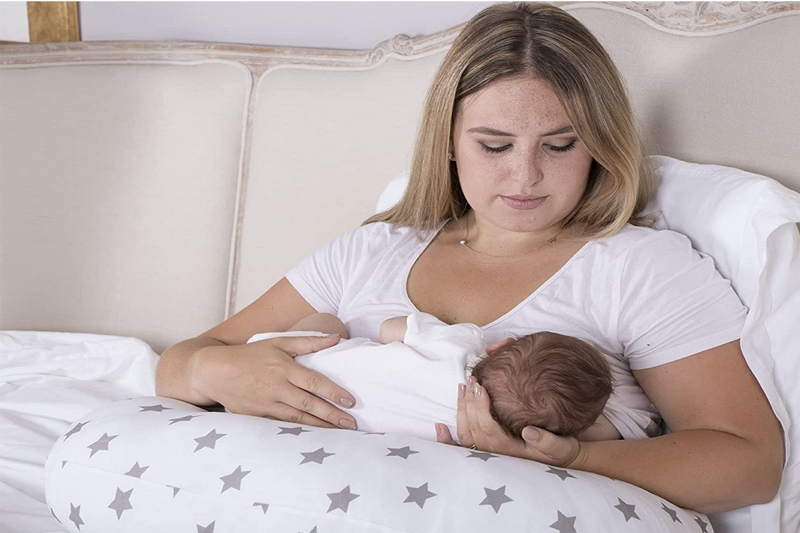How long is maternity leave in Kansas? Maternity leave in Kansas varies greatly depending on the company you work for. Many companies offer full pay during maternity leave, but it is more common that they provide partial payment or no payment at all.
There are several laws to protect pregnant employees from being fired while also increasing their rights concerning how long they can take off after giving birth and what type of healthcare benefits will be included in their compensation package.

Most states require employers to give women a reasonable amount of time off after childbirth, most commonly around six weeks (or whatever length has been negotiated).
Some state-employee unions have contracts that include longer paid leaves than those mandated by law – generally up to four months’ maternity/paternity leave! These extra protections make finding out about company maternity leave policies important, as you may be entitled to many months of paid time off.
What payments am I entitled to after having a baby?
You are entitled to statutory maternity leave. You will receive the standard rate of pay for up to 52 weeks, which is 90% of your average weekly earnings before tax (for example if you earn £400 per week after leaving work, you would be paid £360 per week).
At least 14 days notice must be given in writing that you intend to take time off and why – this may seem like a long time but it can often happen very suddenly. If you’re self-employed then there’s no entitlement at all however some employers offer enhanced maternity packages so check with them first!
The good news is that once Maternity Leave finishes; Statutory Maternity Pay or Adoption Pay ends too therefore many women return to employment under theirs.
Is there still a baby bonus?
Yes, the baby bonus is still available for families with newborns. The government has recently increased this payment to $5000. You can only receive the full amount of money if your child was born on or after January 2007 though and it will be paid over some time depending on the age of your child.
This means that you do not need to wait until they turn one year old like before! So don’t worry about trying to find something else because nothing needs to change for now.
How do you qualify for parental leave?
One of the most common questions I get asked is “How do you qualify for parental leave?”. There are several different types, but here are some guidelines to help you figure out which one applies to you. You can also talk with your doctor or midwife about what suits your situation best during prenatal appointments.
Can I get paid parental leave if I quit my job?
If your employment ended for reasons beyond your control, you might be able to take paid parental leave. This is called “overlapping” and it means that the two leaves essentially run together (one after another).
So if you took four months of maternity/paternity leave and then quit when this period ends, in most cases, you would still qualify for eight more weeks of pay during which time can look for a new job or decide what to do next. However, there are some important exceptions:
You must have worked at least 600 hours with one employer in the last 52 weeks before starting maternity/parental leave; You cannot fall under any other categories such as seasonal workers or part-time employees; If an employee is switched to part-time during the period of paid leave, they would no longer qualify for it; If you work two jobs and put in fewer than 30 hours per week on each job (summed up), you are not eligible.
How much is Centrelink parental leave?
Centrelink parental leave pay is $538.70 per week before tax (or 18% of your adjusted annual income if this amount is less than the minimum payment).
Centrelink calculates your weekly rate based on an estimate of your expected family and/or carer’s average weekly earnings for up to 52 weeks, including Parental Leave Pay; and Dad and Partner Pay.
The maximum period over which you can receive these payments is limited by either: Your employer’s paid leave entitlements – so if they give you more than 26 weeks paid leave then it will reduce how much time you can get from Centrelink; or If neither parent’s employer provides them with any paid maternity or paternity leave, then you can receive up to 52 weeks of Parental Leave Pay.
Centrelink calculates your maximum fortnightly rate as the sum of:
80% of this adjusted annual income; and the minimum payment per week. This means that if your employer gives you more than 26 weeks of paid leave then it will reduce how much time you can get from Centrelink.
And if neither parent’s employer provides them with any paid maternity or paternity leave, then they might be able to claim a combination of both parents’ entitlements which could mean they have a total entitlement period longer than 52 weeks – but not for each payment type so their combined top-up amount is limited by 52 weeks.
What is parental leave entitlement?
Parental leave is a legal entitlement for parents to take time off from work when they have a new baby. Once you’ve had the child, you can get up to 52 weeks of parental leave if both parents share it or 39 weeks otherwise.
This applies regardless of how long either parent has been in their job and whether employers are small or large. There are two types: shared Parental Leave( SPL ) and Statutory Shared Parental Pay ( ShPP ). The law changed in April 2015 so that mothers no longer automatically get paid at 90% pay after 26 weeks but dads do!
